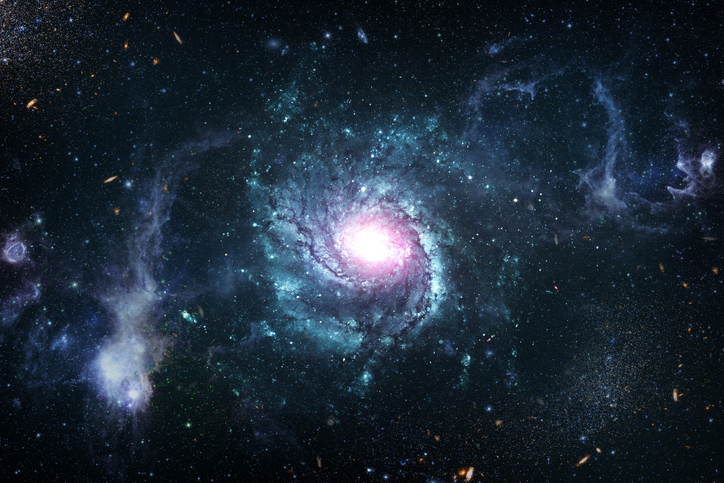A new study by Indian astronomers has revealed that supermassive black holes and the powerful jets they emit work in tandem to drive out gas from the centers of galaxies, effectively stalling the formation of new stars and influencing the overall evolution of galaxies.
The study, conducted by a team at the Indian Institute of Astrophysics (IIA), an autonomous institute under the Department of Science and Technology (DST), has shed fresh light on how energetic processes near black holes—both radiation and high-speed radio jets—combine to regulate star formation.
Using archival data from global observatories such as the Sloan Digital Sky Survey (SDSS) and the Very Large Array (VLA) in the United States, the researchers analyzed over 500 nearby galaxies that host active galactic nuclei (AGN)—extremely luminous cores powered by matter falling into supermassive black holes.
“We found that outflows of warm ionized gas are widespread in AGN, and while radiation from the black hole is the main driver, galaxies with radio jets show significantly faster and more energetic outflows,” said Payel Nandi, lead author of the study and a Ph.D. student at IIA.
The study indicates that such high-velocity outflows—streams of gas moving at speeds of up to 2,000 km per second—are more than twice as common in galaxies detected at radio wavelengths (56%) compared to those without radio emission (25%). These winds are powerful enough to escape the galaxy’s gravitational pull and play a crucial role in halting the birth of new stars in the central regions.
“This study emphasizes how vital it is to combine multi-wavelength data to understand the full picture of galaxy evolution,” said Dr. C. S. Stalin, co-author and faculty member at IIA.
The research also highlights a strong correlation between the energy of the outflows and the luminosity of the supermassive black holes. The presence of radio jets, narrow beams of relativistic particles ejected near light speed, was found to amplify these outflows further, acting as a kind of booster.
“These findings are an important step in understanding the complex inter-relationships between supermassive black holes, radio jets, star formation, and the evolution of galaxies,” said Dhruba J. Saikia, co-author and researcher at the Inter-University Centre for Astronomy and Astrophysics.
By examining stellar populations and infrared color diagnostics, the team confirmed that it is black hole activity—not new star formation—that drives these massive winds. This process, known as negative AGN feedback, suppresses star formation in the galactic center and may explain why some galaxies exhibit extremely low star-formation rates.
The findings, published in The Astrophysical Journal, mark a significant advancement in our understanding of how galaxies are shaped and evolve over time under the influence of black holes and their energetic outflows.










